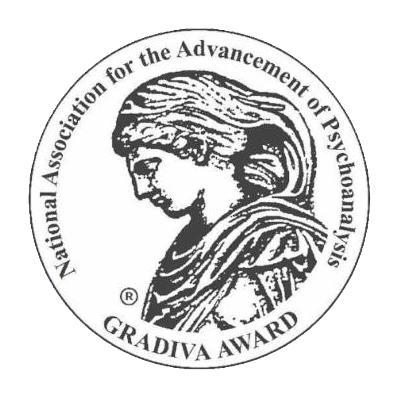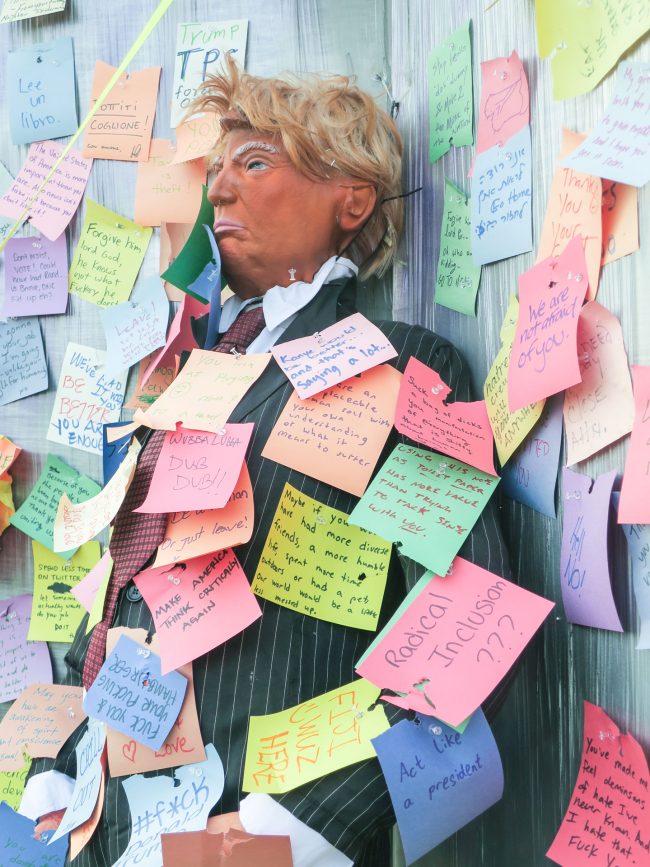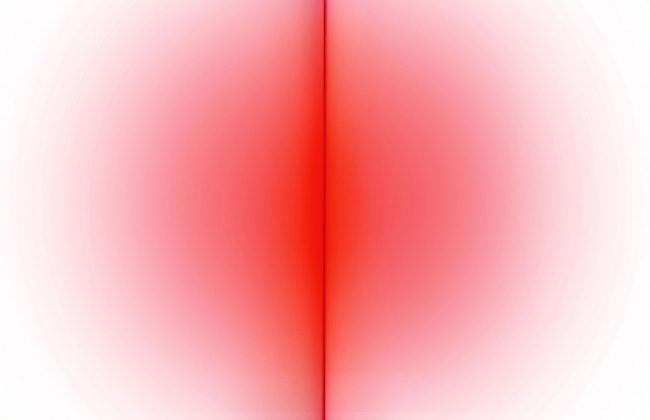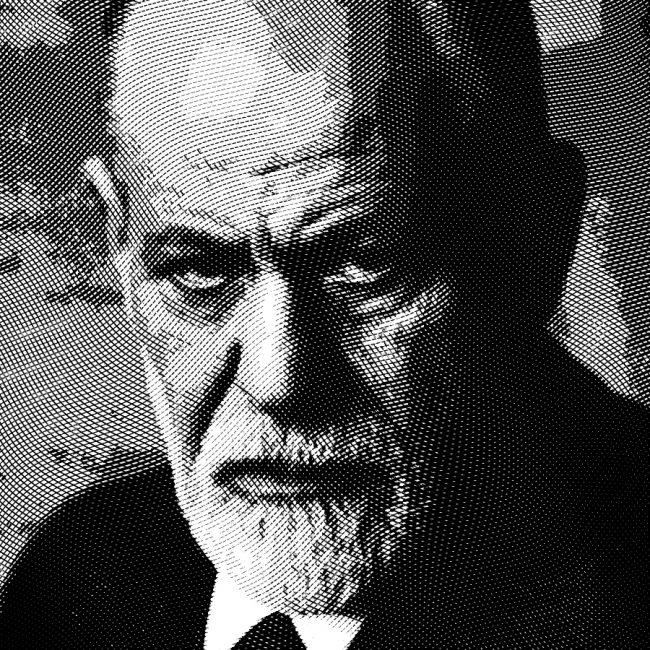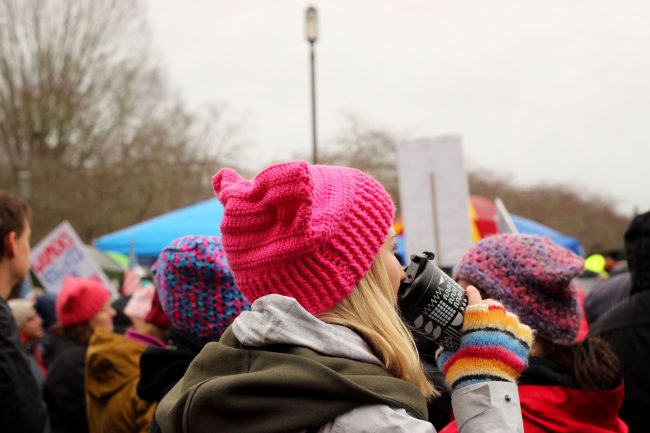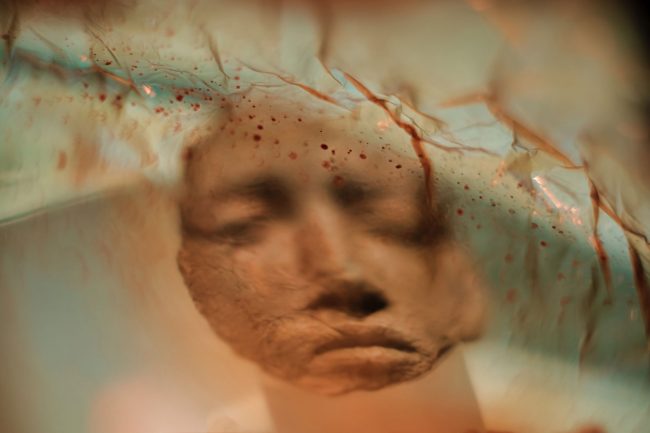THE CULTURING OF PSYCHOANALYSIS by Karim G. Dajani
From my very first contact with psychoanalysis, a fascination in the theory and practice took hold of me. But becoming a psychoanalyst was a bit unimaginable. How would a lower-middle-class Palestinian immigrant navigate such a life goal? How could I possibly pay for years of analysis and navigate an environment I perceived as potentially hostile to me? I really did not know, but the calling did not subside.
